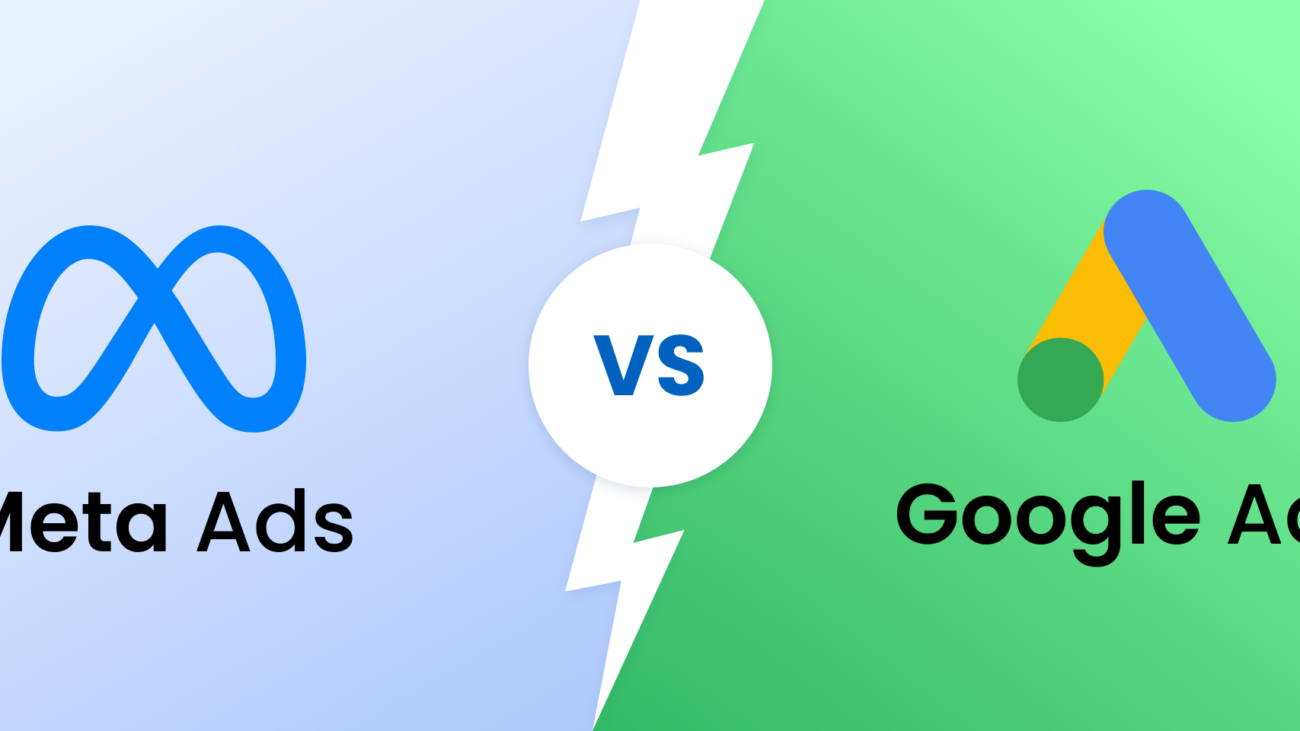Google Ads vs Instagram Ads: Which Platform Returns Better ROI
In the ever-evolving world of digital marketing, businesses are spoiled for choice when it comes to advertising platforms. Among the top contenders are Google Ads and Instagram Ads, each offering unique advantages to help brands achieve their marketing goals. But which one delivers a better return on investment (ROI)? In this article, we’ll dive deep into the strengths, weaknesses, and ideal use cases of these two platforms to help you make an informed decision.
Understanding Google Ads
What Are Google Ads?
Google Ads is a pay-per-click (PPC) advertising platform that enables businesses to display ads across Google’s search engine results pages (SERPs) and its extensive network of partner websites. With Google Ads, you can precisely target users based on their search queries, demographics, and online behavior.
Key Features of Google Ads:
- Keyword targeting to reach users with high intent.
- Diverse ad formats, including text, display, shopping, and video ads.
- Advanced analytics and conversion tracking.
Advantages of Google Ads:
- High-intent audience: Capture users actively searching for your products or services.
- Scalability: Suitable for businesses of all sizes and industries.
- Measurable results: Access detailed performance metrics to optimize campaigns.
Understanding Instagram Ads
What Are Instagram Ads?
As part of the Meta advertising ecosystem, Instagram Ads allow businesses to promote their offerings through visually engaging ads on Instagram. These ads appear seamlessly in users’ feeds, stories, reels, and explore pages, making them a natural fit for visually-driven brands.
Key Features of Instagram Ads:
- Highly visual ad formats, including photo, video, carousel, and story ads.
- Robust audience targeting using Meta’s demographic and behavioral data.
- Interactive ad options like shoppable posts and call-to-action buttons.
Advantages of Instagram Ads:
- Engaged audience: Tap into Instagram’s active and younger user base.
- Brand storytelling: Showcase your products or services through creative visuals.
- Cost-effective: Typically lower cost-per-click (CPC) compared to Google Ads.
Google Ads vs Instagram Ads: A Detailed Comparison
1. Target Audience
- Google Ads: Best for capturing users with high purchase intent who are actively searching for solutions.
- Instagram Ads: Ideal for engaging a younger, social media-savvy audience.
2. Ad Formats
- Google Ads: Offers a variety of formats, including search ads for intent-driven campaigns and display ads for broader awareness.
- Instagram Ads: Focuses on visually compelling formats like photos, videos, and stories, making it perfect for brands with strong creative assets.
3. Cost & ROI
- Google Ads: Higher CPC but often delivers higher ROI due to the high purchase intent of users.
- Instagram Ads: Lower CPC but may require more nurturing to convert users into paying customers.
4. Campaign Objectives
- Google Ads: Excels at driving conversions, generating leads, and increasing website traffic.
- Instagram Ads: Perfect for building brand awareness, fostering engagement, and growing your social media following.
Which Platform Should You Choose?
When to Use Google Ads:
- Your target audience is searching for specific products or services.
- You aim to drive measurable conversions, leads, or sales.
- You prioritize detailed analytics to fine-tune your strategy.
When to Use Instagram Ads:
- Your audience skews younger and is highly active on social media.
- Visual storytelling is a core part of your brand’s identity.
- Your primary goal is to boost brand awareness and engagement.
Maximizing Your Advertising Strategy
Both Google Ads and Instagram Ads offer distinct advantages, making them valuable tools for businesses with varying goals and audiences. Google Ads stands out for driving high-intent traffic and measurable conversions, while Instagram Ads excels at building brand awareness and connecting with a younger demographic.
For the best results, consider integrating both platforms into your marketing strategy. By leveraging the strengths of each, you can expand your reach, boost engagement, and maximize ROI.
Let's Stay in Touch
Have Any Questions?
Sometimes all it takes is a single message…

